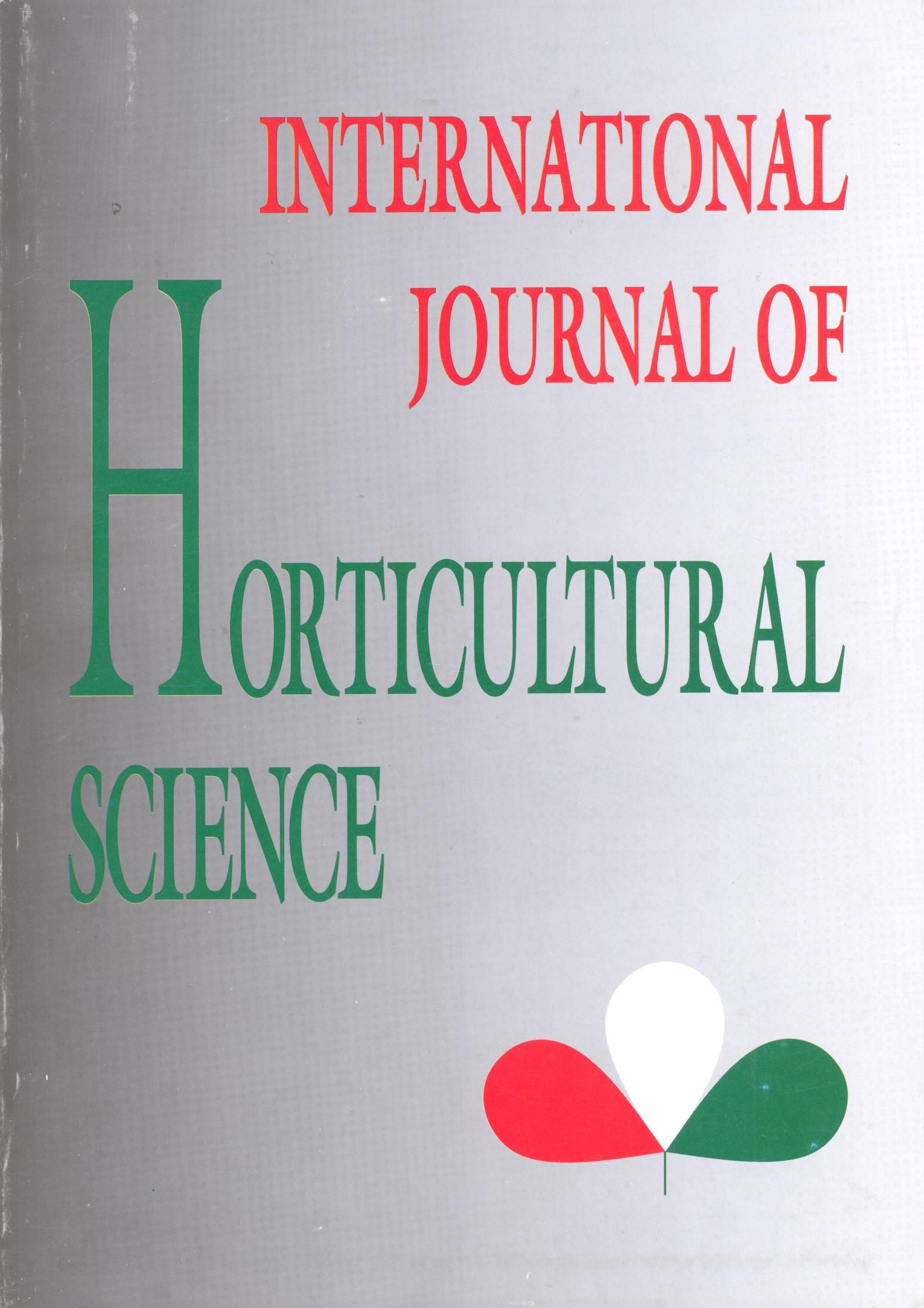Determination of (in)compatibility genotypes of Hungarian sweet cherry (Prunus avium L.) accessions by PCR based methods
Authors
View
Keywords
License
Copyright (c) 2018 International Journal of Horticultural Science
This is an open access article distributed under the terms of the Creative Commons Attribution License (CC BY 4.0), which permits unrestricted use, distribution, and reproduction in any medium, provided the original author and source are credited.
How To Cite
Abstract
Sweet cherries (Prunus avium L.) are generally self-incompatible and pollinator cultivars are needed in orchards for reliable yield. In Hungary, choosing the appropriate cross-compatible cultivar pairs has so far been based on traditional test-crosses in the field. In recent years PCR-based methods that allow the identification of the S-alleles responsible for compatibility have been elaborated. We have determined the S-allele constitution of 24 cultivars and four selections important to Hungarian growers and breeders using PCR-based methods developed at Horticulture Research International, East Malling. The 28 accessions had various pairs of 9 alleles including one new allele, Sr. They could be assigned to 12 of the existing incompatibility groups or to a new group (S4S12) for which the designation 'Group XXVII' is proposed. The cultivars `Krupnoplodnaja' and 'Rita' had novel genotypes, S5S9 and S5Sx, respectively and can be placed into group 0 that holds universal pollen donors. The genotype of the cultivar ‘Hedelfingeni óriás' grown in Hungary was found to be S3S4 and therefore different from the cultivar `Hedelfingen' that is widespread in Western Europe.

 https://doi.org/10.31421/IJHS/9/3-4/403
https://doi.org/10.31421/IJHS/9/3-4/403










